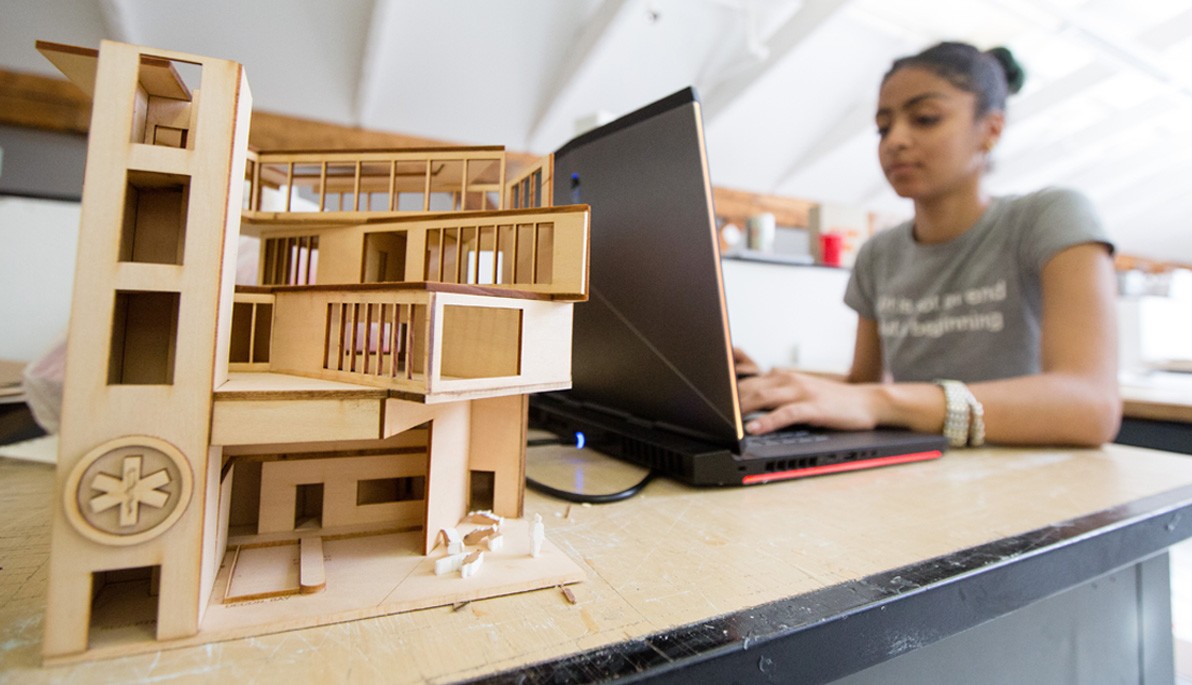News
AI Might Kill the 'Starchitect'—But Make Real Estate More Sustainable
February 29, 2024
In the next 30 years, sea levels will rise as much as they have in the last century, threatening urban areas all over the world. Unfortunately, most of our existing cities aren’t built to withstand encroaching salt water or other climate change impacts like floods and extreme storms. And while we need new infrastructure in order to adapt, construction is a major polluter. Today’s built environment is responsible for close to 40 percent of energy-related carbon emissions.
Architects can help us get out of this double bind—but only if they embrace generative artificial intelligence (AI), which many have so far resisted, and abandon their long-held obsession with individual authorship and celebrity, writes Alessandro Melis, Ph.D., IDC Foundation endowed chair and professor in the School of Architecture and Design, in a Reuters op-ed.
While some see AI as an existential threat, it could be our best tool yet for exploring radical ideas that can help mitigate and adapt to climate change. “Traditional” AI tends to rely on narrow metrics to accomplish specific tasks, but newer generative AI tools can create original content by combining information from billions of sources. For example, generative AI can help architects pinpoint the best building locations and develop the most sustainable materials. It can also use satellite images to create detailed land-use maps, making it possible to test future climate scenarios, such as extreme heat or flooding, for specific places.
In all likelihood, the collective creativity of generative AI heralds the end of sole authorship and the celebrity architect.
“For my colleagues, this may be a tough pill to swallow, but this is not the moment for ego,” Melis writes. “It’s time for architects to abandon individual perspectives and work together to overcome the very real existential threat of climate change. Generative AI isn’t a danger, but a means of expanding our capacity in response to an urgent global crisis.”
The end of the celebrity architect is actually a return to older understandings of authorship. Sole credit for a single designer has never been as central to great architecture as some would like to think. Long before Frank Lloyd Wright designed Fallingwater, unknown designers created what is now the world’s longest-standing temple, 11,000-year-old Göbekli Tepe in modern-day Turkey.
Similarly, we mostly don’t know who designed and built medieval cathedrals, yet they remain some of the world’s most enduring architectural achievements. So do many of the towns and cities of the same era. Designed and built by an abundance of now anonymous minds, they were also highly sustainable.
“Architects, and those of us who teach future architects, have a major role to play in saving our environment. With the help of AI, we can design, construct, and maintain structures that emit little or no carbon and also protect us from what’s ahead. Sacrificing claims to authorship to fulfill our duties to the planet is a small price to pay,” Melis concludes.
Read the entire op-ed.
This op-ed is part of a campaign designed to help generate awareness and build reputation for the university on topics of national relevance. Read more op-eds by New York Tech thought leaders.





